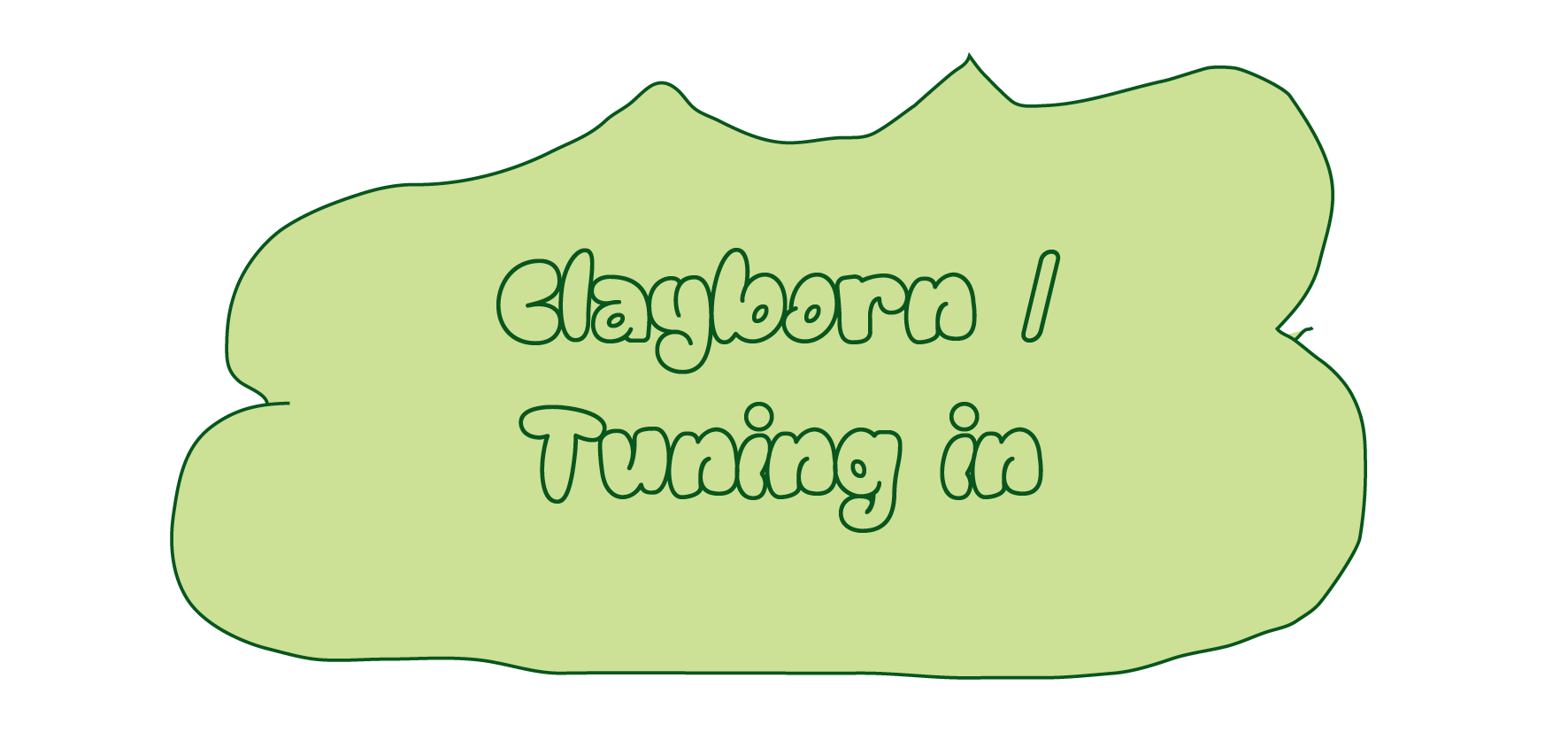Created By:
Lenka Hamosov
A ritual to explore posthuman intimacy—through clay, writing, and multimodal generative AI.
We often engage and interact with AI tools through mediums like speaking or writing, but this often limits the ways in which we can engage with these new technologies. Clayborn / Tuning In is a tactile meditation and speculative interface by artist Lenka Hamosova that explores the possibility of nonverbal communication between humans and artificial intelligence. Rooted in somatic experience, the project invites participants to engage in a wordless dialogue with a ball of clay—imagined as an alien intelligence—and to translate this embodied encounter through writing and generative AI tools. Rather than aiming for fidelity or output, Clayborn / Tuning In proposes a workflow of sensory translation, where meaning shifts, dissolves, and re-emerges across material and machinic boundaries. Hamosova’s work questions how we might co-create with AI when we do not share the same language—nor the same body.
Mediation
About the artist
Lenka Hámošová is an interdisciplinary artist, designer, and researcher delving into the integration of artificial intelligence in artistic creation, with a keen focus on maintaining human creative agency.
Link
Exercise
You’ll need:
– A piece of soft modeling clay (roughly palm-sized)
– A quiet, non-disruptive space
– A device to play audio
– Pen and paper or a tool for digital note-taking
– Access to generative AI tools (optional, for later steps)
- Find a calm, private place where you won’t be disturbed for 10-15 minutes. Sit down and settle. Keep your spine straight and take three slow breaths. Allow yourself to arrive fully before you begin.
- Play the Clayborn meditation, via aiaiai.art/clayborn-tuning-in or use the audio player embedded in the website here. Follow the voice guidance as it leads you into tactile exploration. If desired, keep your eyes closed and to tune in better.
- After 10–15 minutes, stop and open your eyes. Observe the form your hands have shaped. Ask yourself: What does this object express? Can you see traces of your interaction with the clay? What feels missing? What feels deeply present? What did the process evoke in you?
- Immediately write down your impressions. Don’t filter or edit—just write whatever comes. Let your hand continue the communication that began through clay. Use full sentences or fragments—anything is valid.
- Try to “translate” your subjective embodied experience into the digital realm. You can use the clay object or the writing as a starting point for digital exploration (for example: photograph or scan the clay object, describe the object or the experience in words, draw the object or your sensory experience of it). Use these materials to prompt generative AI tools (choose one that matches the form of your input):
– Image-to-text: https://huggingface.co/spaces/fffiloni/CLIP-Interrogator-2
– Text-to-image: https://huggingface.co/spaces/Shitao/OmniGen
– Text-to-sound: https://stableaudio.com/
- Don’t try to capture the whole experience in a single AI prompt. Translate across other mediums and tools—clay object to image, image to sound, writing to visual, etc. Observe how meaning shifts or distorts through each translation. Allow the process to evolve. Let some things be lost, and others appear.
- Ask yourself: What changed when I translated my embodied experience into digital form? What was lost—and what new meanings emerged? Was it possible to co-create with AI in a meaningful way? What does this tell me about the limits and potential of nonverbal communication across bodies and systems? Is it even possible to co-create with AI, if we don’t share the same embodied reality?
